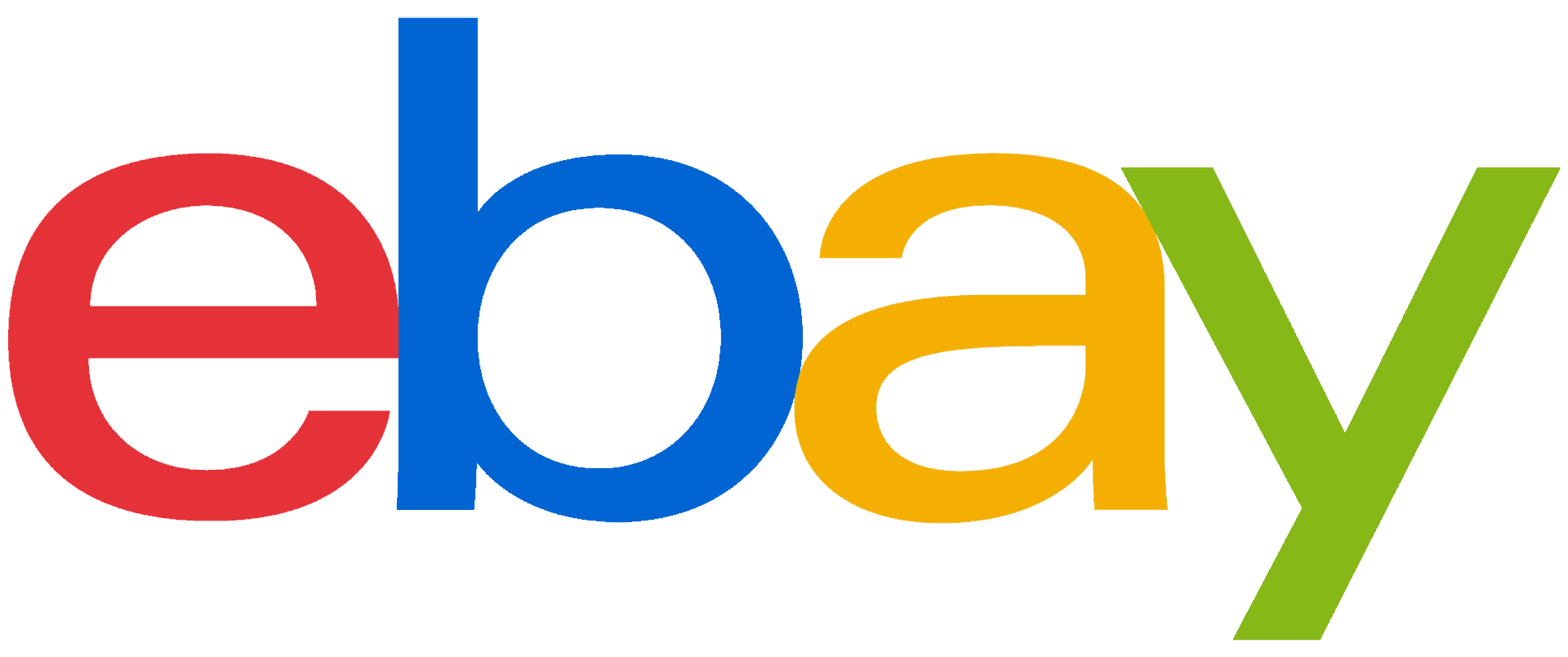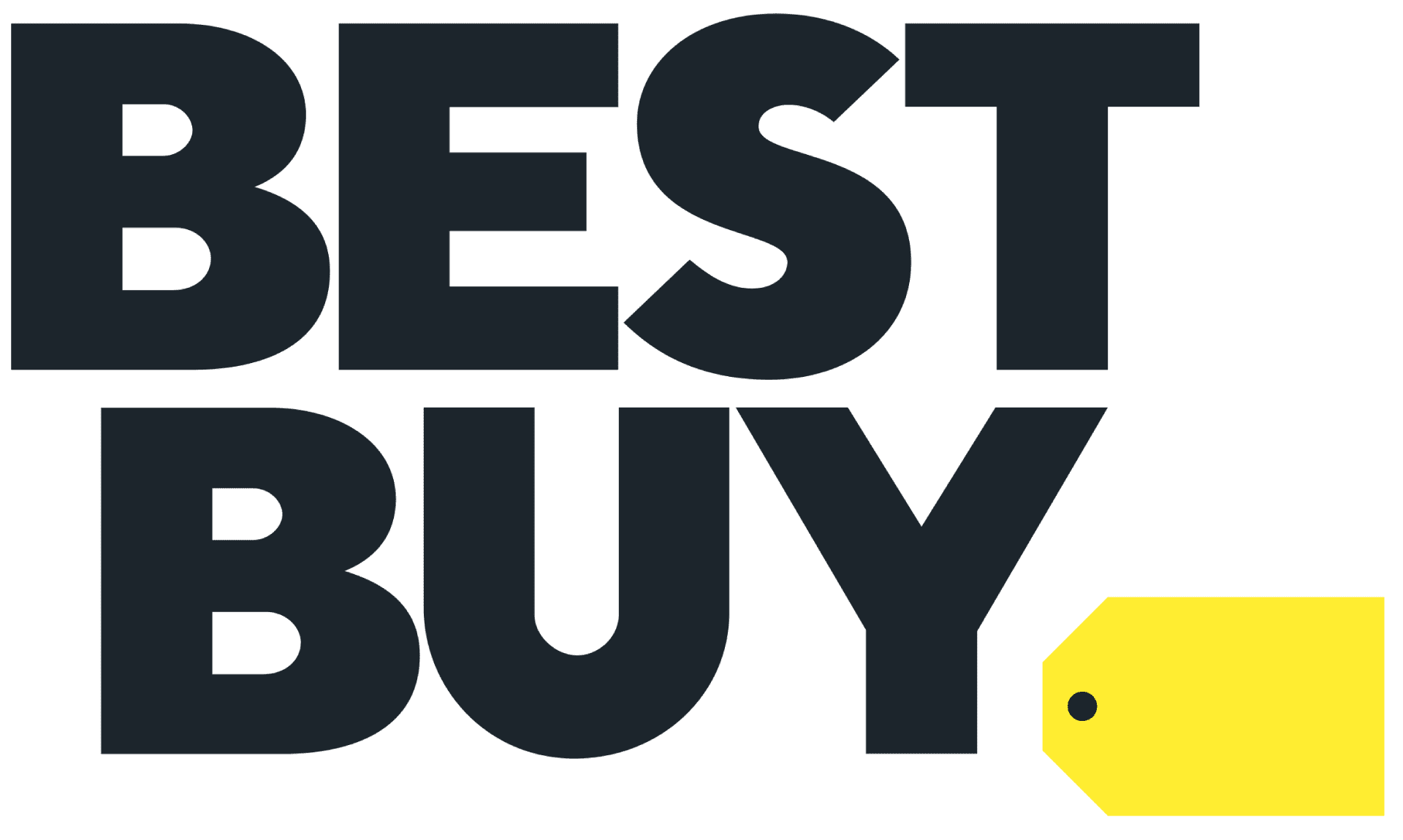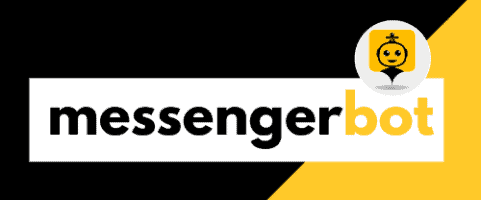The eCommerce industry is booming.
In 2018, it was estimated that the global eCommerce market would grow to $4.8 trillion and by 2020, this number could increase to $6.5 trillion! There are many reasons for this growth such as more people owning smartphones and having access to an internet connection in developing countries. This blog post will discuss 3 trends about e-commerce websites that you should be keeping your eye on moving forward if you work in the industry or have an interest in starting a business of your own!
What is an e-commerce website?

An e-commerce website is a type of online store that allows customers to purchase products and services. It’s based on the idea that if people can shop from home or work, they will do more shopping than going out to brick-and-mortar stores. Ecommerce websites are typically powered by an online marketplace where buyers browse through listings for different items and sellers list their wares to sell them. There are many benefits of owning your own e-commerce site such as being able to reach a wider audience with lower overhead costs, offering personalized customer service, and having full control over how you want your company branded.
How does e-commerce work?

E-commerce functions like a physical store. The only difference is that customers make selections on a website, order online and the company delivers their purchases to them.
E-commerce is more convenient than physical shopping because it’s open 24 hours per day, seven days per week – so customers can purchase products at any time of the day or night. E-commerce does not require people to be in close proximity to each other like traditional face-to-face interactions do.
The e-commerce marketplace has exploded over the last decade with all sorts of new sites appearing every year including large retailers such as Amazon (which started out selling books), search engines such as Google Shopping that sell millions of items through an affiliate network scheme, niche marketplaces for specific categories such as eBay which allows users to list whatever they want to purchase.
For every eCommerce business, a product page is important. Customers know more about your product as they navigate through the product page. That is why your product descriptions must be enticing. Your domain name must also be simple and easy to remember to increase your searchability.
The best eCommerce website makes it easier for customers to put items on their shopping cart and check out the items. If you’re building an eCommerce business, you also need to have at least three payment options, not only credit card payments. Most eCommerce websites usually accept credit card payments but do not offer other payment methods.
You should also take advantage of the benefits of email marketing to keep your customers updated. Email marketing is still a high-converting marketing strategy that you should implement in your online business.
What are the top 10 e-commerce sites?
The top ten e-commerce websites worldwide, according to Internet Retailer, are Walmart.com, Amazon.com, Ebay.com, Target.com, Kmart.com, Kohls.com, BestBuy.com, HomeDepot.com, Macy’s.com, and Sears.com. These sites make up the majority of America’s e-commerce sales–with a total of $83 billion in revenue just from online transactions in 2012 alone.










What is the best e-commerce website?

Many people are interested in the question about what the best eCommerce website is. The truth is that this question can be difficult to answer. All of the major and most popular e-commerce websites have their pros and cons. However, it’s always important to keep track of trends just in case one of the major e-commerce websites goes down or loses popularity.
What are the top 5 eCommerce website builders?
Building your business online can be challenging when you don’t have coding skills. Fortunately, there are many drag-and-drop website builders that enable you to create an online store without any coding skills. In this article, we’ve gathered the best of those eCommerce website builders for your convenience.
If you’re looking to build a simple eCommerce website with no templates or plugins then use Magento Go / WooCommerce and Webflow. If you need more advanced features such as catalog management or integration with Google Analytics then choose Shopify Plus or Wix Commerce Business Plan (formerly CloudWiz). For secure payments on mobile devices, Stripe is a good choice and it also has hosting included in its price so if quality service is important to you then go ahead and sign up now!
Choose the store builder that best fits your vision of your eCommerce business.





How much does a basic eCommerce website cost?
If you’re looking to create an eCommerce store, there are a few things you need to do first. You need to first have a domain name and website hosting package. Most eCommerce website builders are free and only let you pay for your custom domain name. Second, you’ll want to create your logo and the product images for your website. If you’re selling products, you’ll need product names, descriptions, and photos of the items before the end of your store. Lastly, ask someone who knows website coding what programming language is best for your site.
What are the eCommerce Website Trends to Watch For?
You might be thinking about running your own store, but you’re not sure where to start. The good news is there are plenty of free resources and tutorials that can help you get a head start! So what trends should you keep in mind? Let’s take a closer look at three important e-commerce website trends to watch.
Lately, there are three e-commerce website trends that you should keep your eye on. These trends are an increase in mobile use, the integration between chatbots and social media, and on-site personalization.
Responsive Design

The first trend discussed is responsive design. The response to the change in the way people browse for products is changing with different screen sizes and resolutions. The most important thing about responsive design is that it’s flexible and can scale to any size without any loss of quality.
With the rise of mobile browsing, it has become important for sites to be able to show up and function correctly on any device regardless of size or make. Customers also want things now and do not want to wait for their phones or tablets to load a site that won’t work on them anyway. Your eCommerce design has to appeal to your target audience.
With an increase in the Google ranking for mobile-friendly sites, your site must be responsive. A responsive web design is crucial in search engine rankings. Your web design must be optimized to improve the overall customer experience.
Bilang karagdagan, ang bilang ng mga tao na namimili gamit ang kanilang mga telepono ay tumaas nang malaki sa nakaraang ilang taon, kaya nais mong tiyakin na ikaw ay naglilingkod sa pamilihang iyon. Ang kaginhawaan ng mobile commerce ay ginagawang kaakit-akit na uso ito, at ang mga negosyo ay nagmamadali upang gawing tugma ang kanilang website para hindi mawalan ng interes ang kanilang mga bisita.
Mas madali na ngayong bumuo ng isang eCommerce website sa tulong ng mga tagabuo ng eCommerce website. Mahalaga ang isang user-friendly na interface para sa mga online na tindahan. Pumili ng tagabuo ng website na may drag and drop na tampok upang mas madali mong mailipat ang mga elemento sa iyong website. Bukod sa isang responsive web design, dapat simple at intuitive ang iyong shopping cart at proseso ng checkout.
Mahalaga rin ang disenyo ng iyong home page. Ang magagandang eCommerce sites ay may responsive na home pages at product pages.
Chat Marketing and AI chatbots

Ang artificial intelligence ay ginagamit sa iba't ibang paraan, kabilang ang mga chatbots na maaaring kumilos bilang mga kinatawan ng serbisyo sa customer sa pamamagitan ng pagsagot sa mga tanong na ipinadala sa mga messenger services.
Ang chat marketing ay nagiging mas popular ngayon habang mas maraming tao ang nagbebenta online. Isang chatbot ay nakakatulong para sa isang online na negosyo upang matiyak na ang mga lead ay nagiging mga nagbabayad na customer. Messenger Bot ay isang sikat na chatbot na makakatulong sa iyo na mag-set ng mga paalala para sa pag-recover ng mga abandoned cart upang madagdagan ang benta. Ito ay isang mahusay na tool sa marketing para sa isang maliit na negosyo sa abot-kayang presyo.
On-site Personalization

May ilang mga uso na dapat bantayan pagdating sa mga eCommerce website. Ang mga uso na ito ay makakatulong sa iyo na manatiling nangunguna sa kumpetisyon at maiba ang iyong tindahan mula sa iba. Isang uso ay ang antas ng pagpapasadya na magagamit sa mga website. Ngayon, inaasahan ng mga customer ang isang online shopping experience na tiyak na nakatuon sa kanila. Ang uso na ito ay pinakamahusay na naipapakita sa mga site tulad ng Zappos o Warby Parker. Wala sa mga kumpanya ang humihiling sa mga customer na pumili ng kanilang sukat o istilo ng sapatos dahil alam nila kung ano ang pinaka-angkop para sa isang customer: ang kanilang sarili! Ang mga alok na ginagawang mas personal ang iyong e-commerce website, tulad ng mga customized na tampok o mga bagay tulad ng mga sulat ng pasasalamat na nakasulat sa kamay, ay maaaring maging mahusay na paraan upang makilala at bumuo ng katapatan sa mga mamimili.
Konklusyon

Ang Ecommerce ay ang hinaharap. Ang mga mamimili ay may maraming pagkakataon para sa pagtitipid sa pamamagitan ng pamimili online. Minsan, mas mabuting mag-browse sa internet hanggang sa makahanap ka ng tamang deal, ngunit sa ibang pagkakataon, sulit ang iyong oras na bisitahin ang isang eCommerce platform tulad ng eBay o Amazon. Ang mga site na ito ay may lahat ng kailangan mo mula sa electronics hanggang sa damit sa napaka mapagkumpitensyang presyo.
Isang uso na maaari nating makita sa eCommerce ngayong taon ay ang mga kampanya sa marketing sa social media na malamang na magpapataas ng mga transaksyon sa mga eCommerce website. Ang mobile commerce on the go ay inaasahang magiging malaking uso din sa 2018. Sa wakas, ang mga chatbots ay malapit nang mag-alok ng isa pang paraan para sa mga kumpanya na mag-market at magbenta ng mga produkto online nang walang interaksyong tao.





